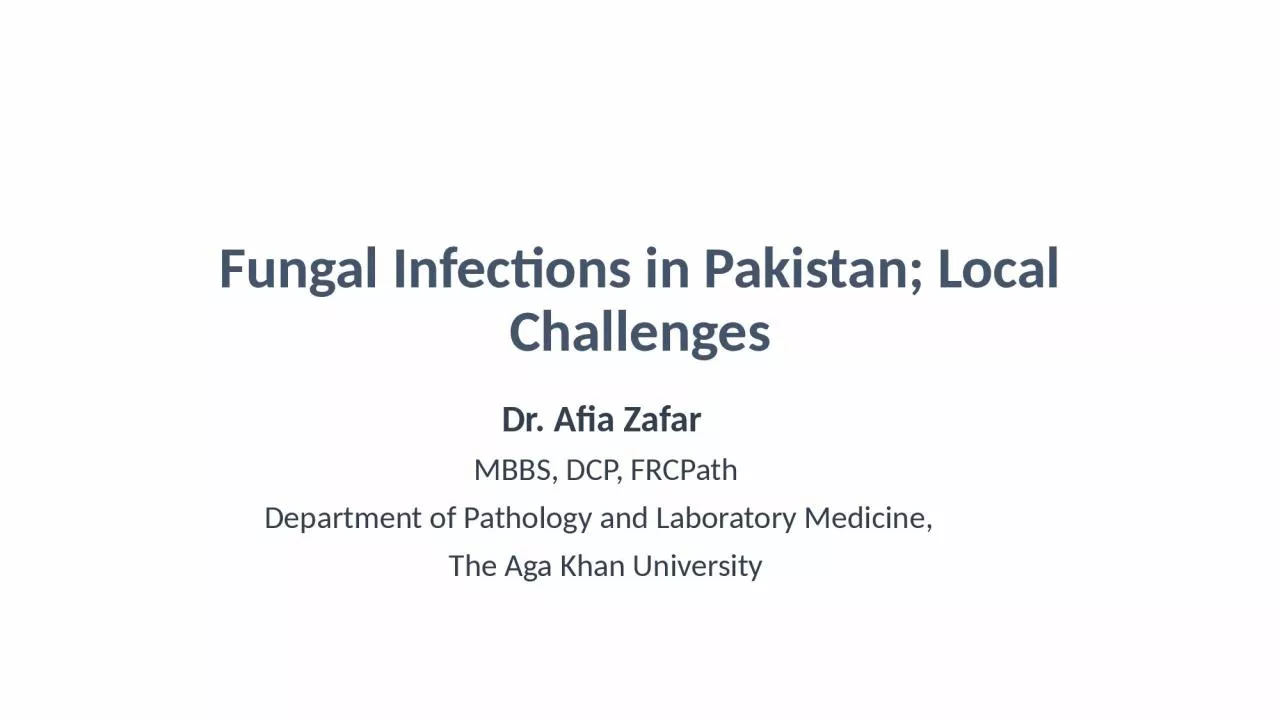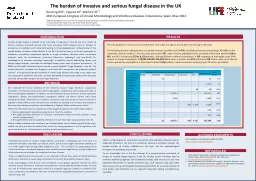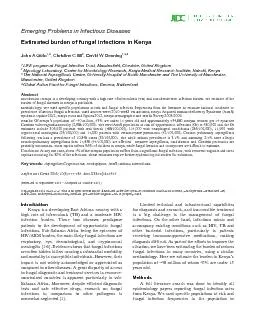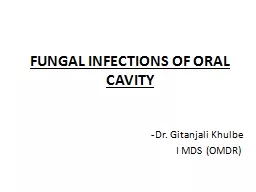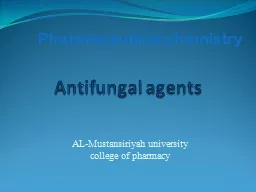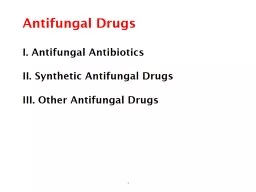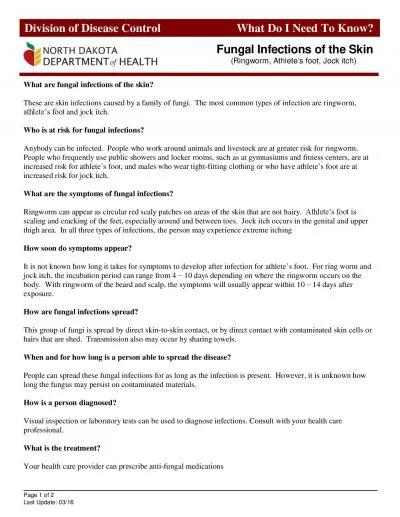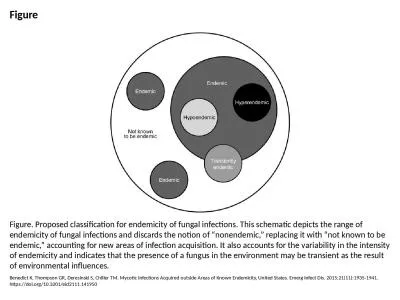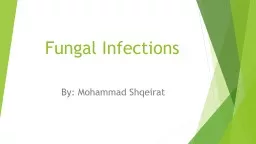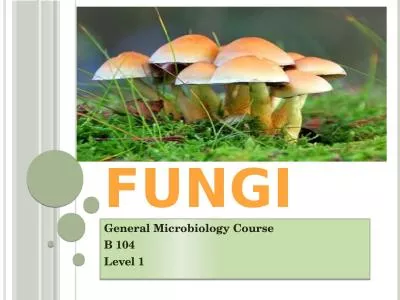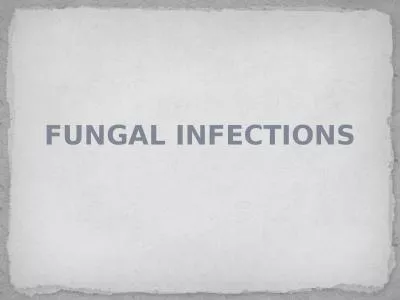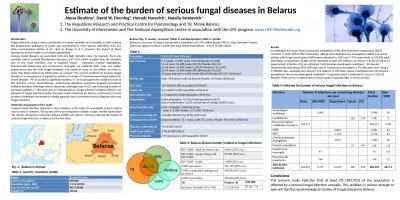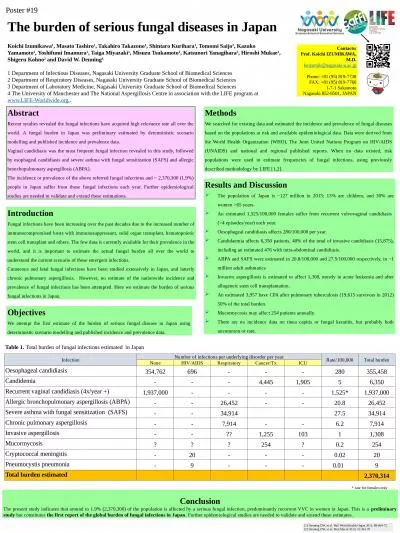PPT-Fungal Infections in Pakistan;
Author : Dreamsicle | Published Date : 2022-07-28
Local C hallenges Dr Afia Zafar MBBS DCP FRCPath Department of Pathology and Laboratory Medicine The Aga Khan University Plan Introduction Burden of disease
Presentation Embed Code
Download Presentation
Download Presentation The PPT/PDF document "Fungal Infections in Pakistan;" is the property of its rightful owner. Permission is granted to download and print the materials on this website for personal, non-commercial use only, and to display it on your personal computer provided you do not modify the materials and that you retain all copyright notices contained in the materials. By downloading content from our website, you accept the terms of this agreement.
Fungal Infections in Pakistan;: Transcript
Download Rules Of Document
"Fungal Infections in Pakistan;"The content belongs to its owner. You may download and print it for personal use, without modification, and keep all copyright notices. By downloading, you agree to these terms.
Related Documents

